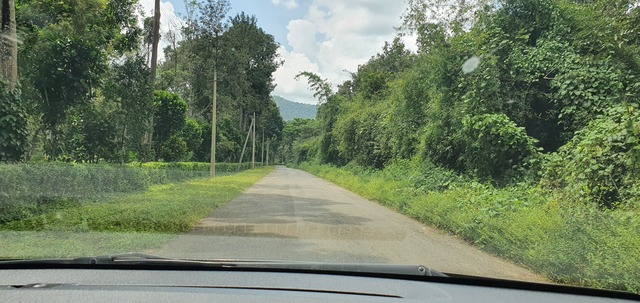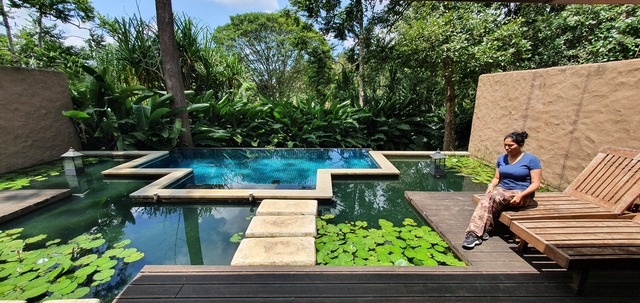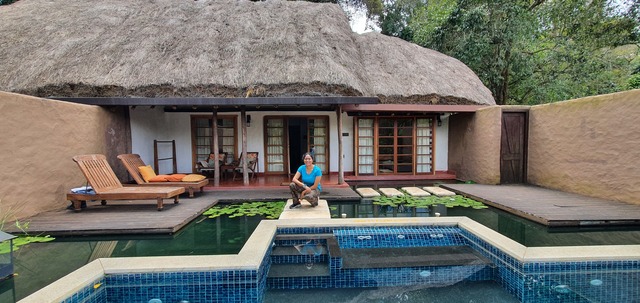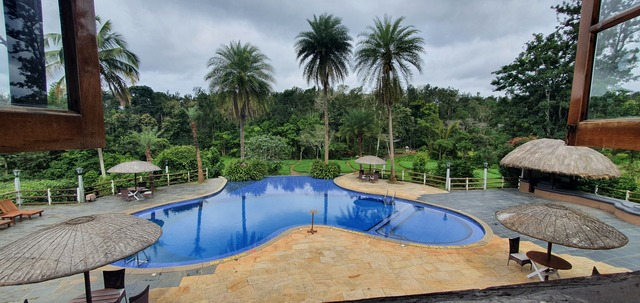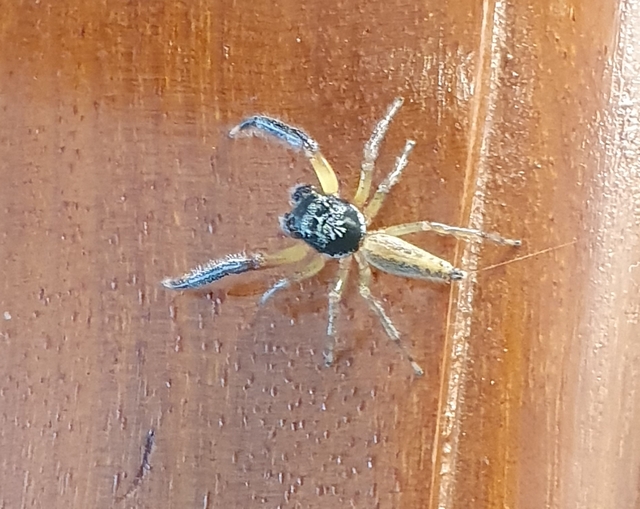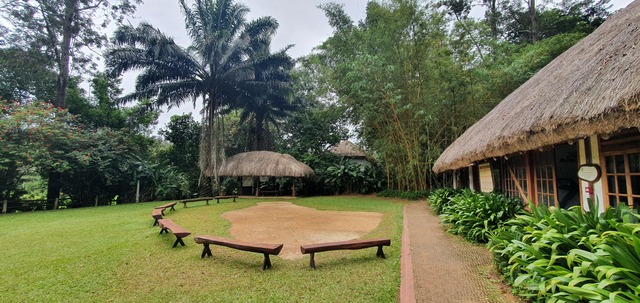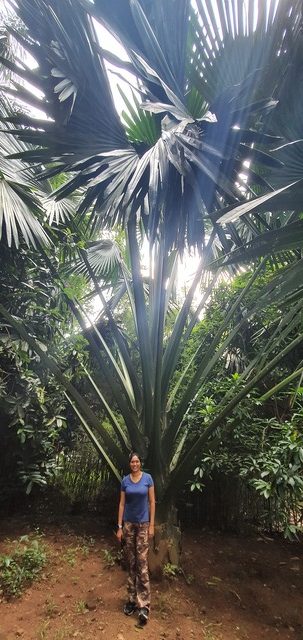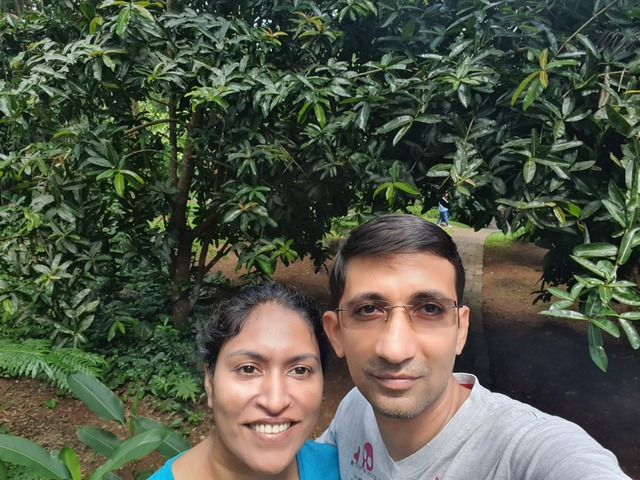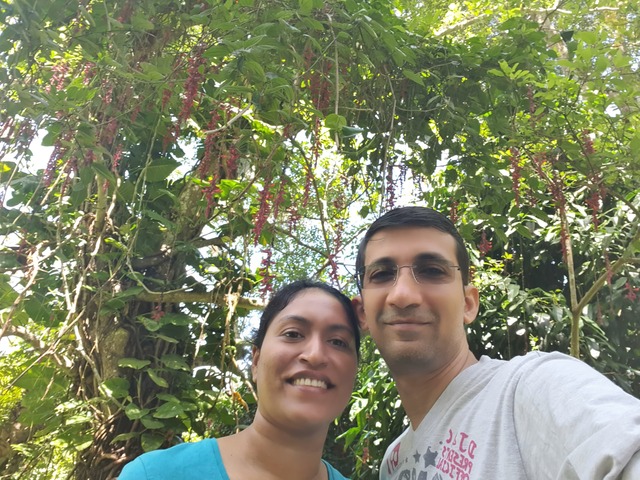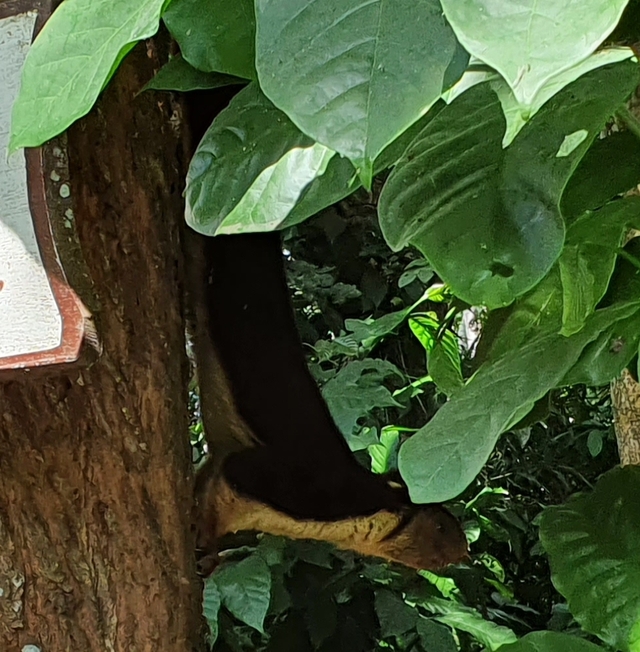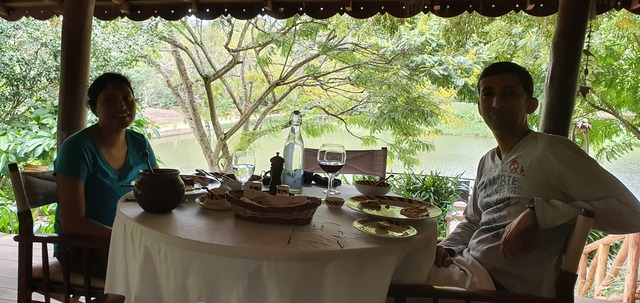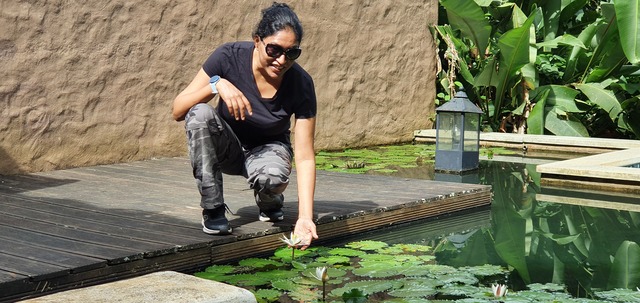I found this post while surfing the web, and the main point of the post is to tell people that they should stop focusing on their side projects because the recruiters would not be interested and what matters in getting a job is what your current company name is. He also recommends dropping the side projects and read “Cracking the code interview” instead to learn everything you need to know about algorithms and binary trees so that you get a job. There are so many things in the post that I disagree with that it was hard for me to figure out where to start.
Let me start off by saying that having a cool portfolio will not necessarily get you a job as there is an element of luck involved. You do need to know how to crack an interview so do read through the Cracking the Code Interview, How to Interview etc. I will not go through a list of do’s and donts for interview’s here as that is not the purpose of this post but basically you need to show that you are competent in the skill set they are looking for and not a problem person to work with. (Basically you need to leave your ego at home). That being said, there are enough candidates in the market looking for a job and you need something that will differentiate you from the rest of the crowd. That’s where your side projects come in.
I am going to quote some of the more problematic portions of the post here and then respond to make it easier for people to follow my reasoning. So lets dig in.
First, most recruiters don’t care about your personal projects or how many meetups you went during the year. What matters the most is your current company – and by that I mean the name of your current company. It was saddening me before, but now that I’m on the other side today, with a manager position, I better understand this. This is plain common sense. You can generally assume that a developer coming from a cutting-edge company has better chances to be a great developer than a developer coming from a Java 1.4 shop. He may not be smarter, but he has been hired by a company with a most demanding hiring process, and has been surrounded by some of the smartest developers.
I completely disagree with this. (I will be using recruiters to mean Tech Recruiters who are basically head hunters for a firm but not the people who will be working with you.) Recruiters are not there to talk to you about your personal projects, they are there to assess your fit into the skillset that the sourcing company is asking for, if you are a match for the skills then they will move you to the next level where you interview with the Hiring Manager or go through a Technical Interview. If you are not a fit then it doesn’t matter if you have a million side projects, they will not proceed with the interview. One way side projects help in such a scenario is to allow you to prove you have the skills in a particular domain even though you haven’t worked on it in a professional capacity.
Coming to the second point, using the current company as a hiring criteria is one of the most idiotic things I can think of for screening people. I have worked in Goldman Sachs, Sprint & Societe Generale and as with everywhere there were some employees in each company which made you think “How on earth did they get hired here?” and this is after a seriously demanding set of interviews to join the firm (I had 9 interviews for Goldman). Just because they work at a company doesn’t mean they are the best fit for your requirement. Secondly no company is uniform, so it is guaranteed that there will be parts of the company working with cutting edge while other teams will be on antique systems. In one of my previous companies (not going to name them here 🙂 ) there was a team using Git & the latest software stack for building their releases and another team that used RCS and tooling around it to build their software.
Assuming that the entire company is on the same stack is a mistake especially when talking about large companies. In small to medium companies this might not be the case always but even there, it is possible that there is a legacy system that is not changed/upgraded and people are working on it. Forget latest systems, a lot of the major banks still have Mainframes running critical portions of their software and other parts of the bank which use AI/ML for their projects.
Yes, there is a certain quality that is assumed when interviewing a person from a famous company but it is not what I am basing my hiring on, you will be hired on your skills not your past job experience. Basically in my opinion your past jobs can get you in the door for the interview but passing it is up to your skills & attitude. You should try to use the side projects as a way to showcase your skills. e.g. if you created a super cool way of doing x with a new technology it will do more to showcase your skill than stating that you did coding from 9-5.
Worse, having too many personal projects can raise a flag and be scary for the recruiter.
I have never had this happen and I was the guy with a ridiculous no of side projects through out my career. Most of the skills I have are from trying out new technology at home and since just reading a book on it doesn’t make you proficient I would end up using the tech for my next project giving me experience in working on the tech. In fact I have found my side projects to be a great benefit when interviewing because most technical interviewers are techies themselves and it can be fun to discuss such projects with them. I remember one particular interview where I mentioned one of my side projects (email to SMS bridge) during the interview and then actually spent about 20 mins talking about the applications for it and how it could be improved. It played a big part in why I was hired for the role.
If a company is scared that you are working on stuff outside their work areas then I don’t think that it is a company that you would want to work with in any case. At least I wouldn’t want to work for such a company.
My CTO experience was an anomaly, at best two lost years, at worst a sign that I was too independent, too individualistic, not a good team player. Only relatively small and ambitious startups, like the one I’m in today, were valuing this experience.
Again I must disagree. When you work in a startup you learn a lot and get to explore areas outside of what you are officially supposed to be doing. This is a great benefit when working in the normal big companies because you now know how the other parts of the software/hardware stack work and can use that to identify issues before they become a problem.
However, one point I do want to stress is that if you started a company right out of college and became a CTO in it, then it will not be given as much weightage as if you had done it after a bit of industry experience. I worked with a startup in my previous company where the entire teams combined work experience was less than mine and it was quite apparent in how they worked. For example they were very casual about releases and if they managed to finish an extra feature before the release even though it wasn’t tested they would go ahead and release it without notifying us. But the drive they brought into the project was something else. I was blown away by their push to ensure that their software did everything we asked it to.
The best way to dig a new technology is to practice it in your daily job. You’ll spend seven hours a day on it and will quickly become infinitely more proficient than if you just barely used it on nights and weekends. You may tell me that we face a chicken or egg problem here. How to get a job where you’ll work on a really attractive technology if you never used it before? Well, instead of spending nights superficially learning this technology, spend your nights preparing interviews. Read “Cracking the code interview”, learn everything you need to know about algorithms and binary trees. As we all know, the interview process is broken. Instead of deploring it, take advantage of it.
Unless you are very lucky you will hardly ever be working on cutting edge tech at your day job. Companies don’t want to experiment with new untested technologies for their production systems, they want something rock solid. If you are lucky you will get a few hours a week to try out a new tech to evaluate it and then a few months/years before they put it in production (depends on the company).
In summary I would like to say that Side projects can be a big benefit while searching for a job but you also need to ensure you don’t neglect the other parts of your profile like communication skills, leadership skills, team work etc. If you have a very strong skillset and you are using side projects to expand your skills then you should be good for most companies.
Well this is all for now. Will write more later.
– Suramya




